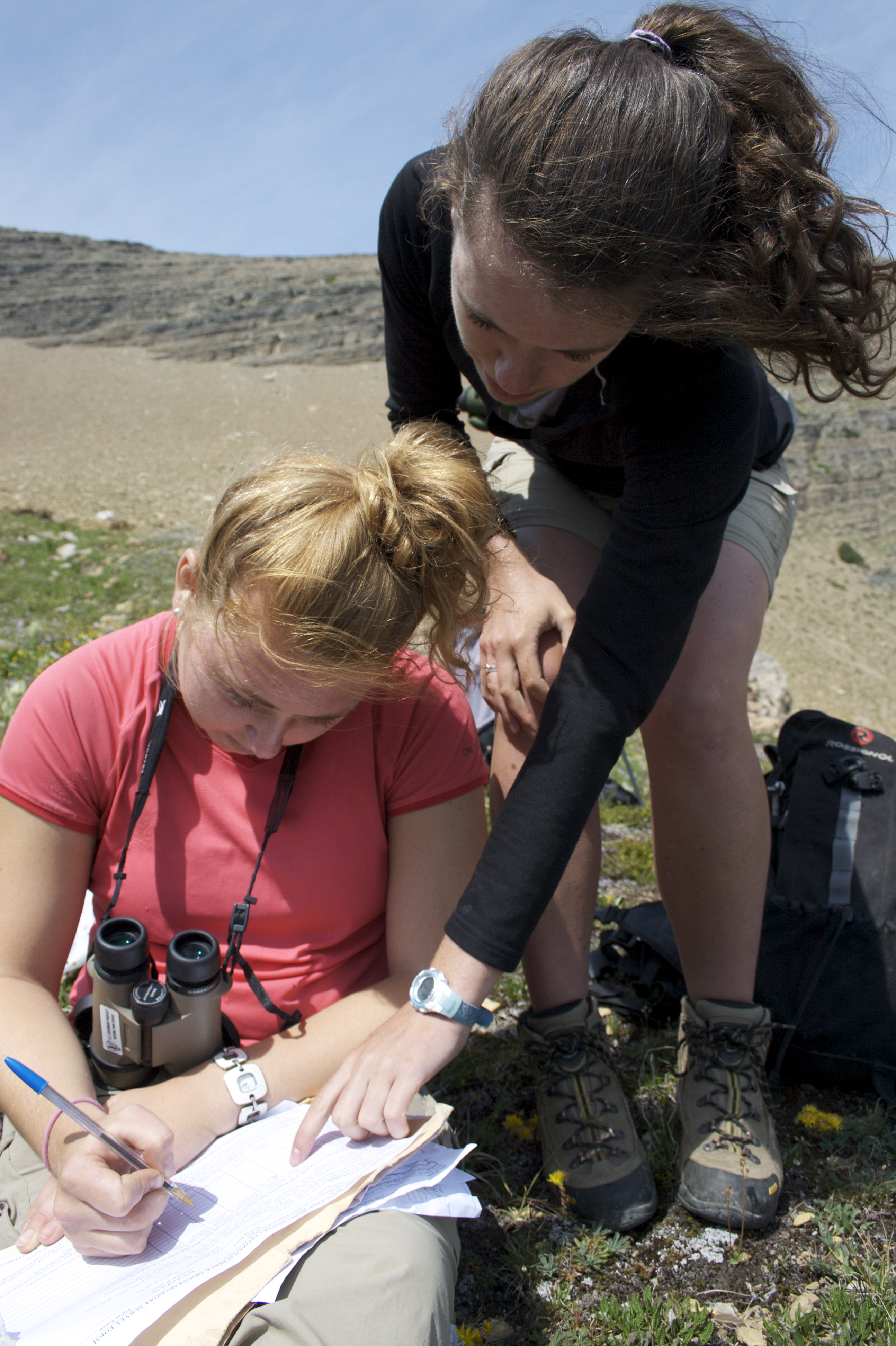 Welcome to the Introduction to citizen science for journalists. This short introductory course will help you to learn some of the important aspects of citizen science. You will see historical and contemporary examples of activities that fall under citizen science; you will be introduced to the major issues that will come up when discussing citizen science - such as data quality or motivations of participants; and you will learn about the broader impacts of citizen science.
Welcome to the Introduction to citizen science for journalists. This short introductory course will help you to learn some of the important aspects of citizen science. You will see historical and contemporary examples of activities that fall under citizen science; you will be introduced to the major issues that will come up when discussing citizen science - such as data quality or motivations of participants; and you will learn about the broader impacts of citizen science.
Video transcript:
Welcome to the Introduction to Citizen Science course. My name is Muki Haklay and I am a professor at University College London where I co-direct the Extreme Citizen Science group. Together with Claudia Fabó Cartas and Andrea Troncoso from the European Citizen Science Association; and Lucie Steigleder from Ecsite, the European network of science engagement organisations, we have prepared this course for you. The term “citizen science” is probably new to you, and we hope that by the end of this hour and a half training unit, you will feel that you know what it is about. You will learn about its history, the main issues that you might come across when reporting about it, some of the terminologies and their explanation, and where you can find further information. All the material on this course is free for reuse, as long as you provide attribution, so feel free to use it in your reports. You can find more information on the different sections in the "Sources". We hope that you’ll find the course beneficial and interesting!
Photo by GlacierNPS on Flickr -Recording mountain goat survey results for the high country citizen science project. Siyeh Pass. (Public domain)